Heidi McCullough is a building specialist for Clean Energy Economy for our Region, or CLEER. “I provide technical support for people looking to build high efficiency or high performance buildings, as well as people who’re looking to improve or upgrade the buildings they already have,” she said. She also helps people and businesses find grants and rebates to make these changes and upgrades.
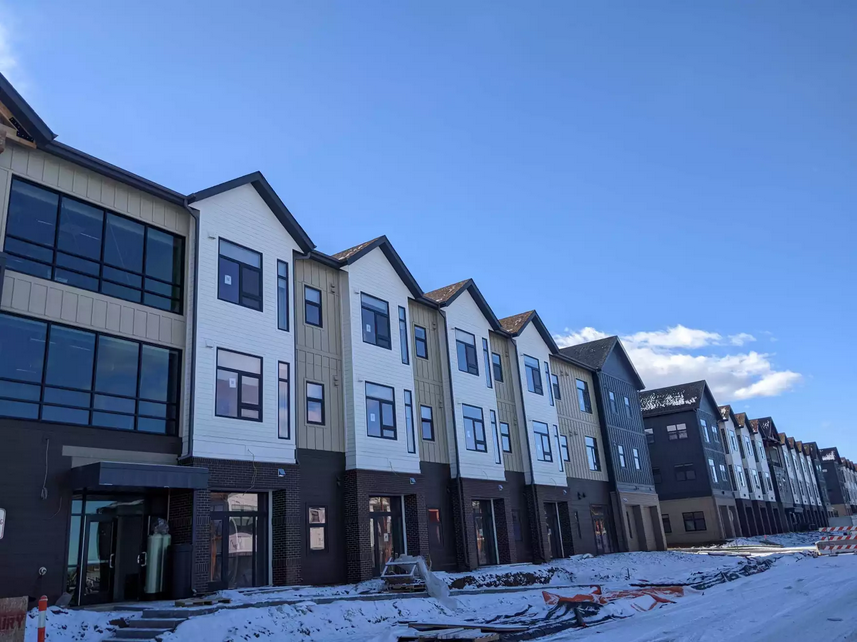 McCullough does a lot of work with net-zero ready homes that are so energy efficient that a renewable energy system could offset most or all of the home’s yearly total energy use. She says these homes are often more resilient to climate-driven risks, like severe weather events that threaten the power grid. “These buildings with renewable energy on site, often with battery storage, using less energy and buildings that are better insulated, have the ability to ride out power outages in a way that other buildings just can’t,” she said.
McCullough does a lot of work with net-zero ready homes that are so energy efficient that a renewable energy system could offset most or all of the home’s yearly total energy use. She says these homes are often more resilient to climate-driven risks, like severe weather events that threaten the power grid. “These buildings with renewable energy on site, often with battery storage, using less energy and buildings that are better insulated, have the ability to ride out power outages in a way that other buildings just can’t,” she said.
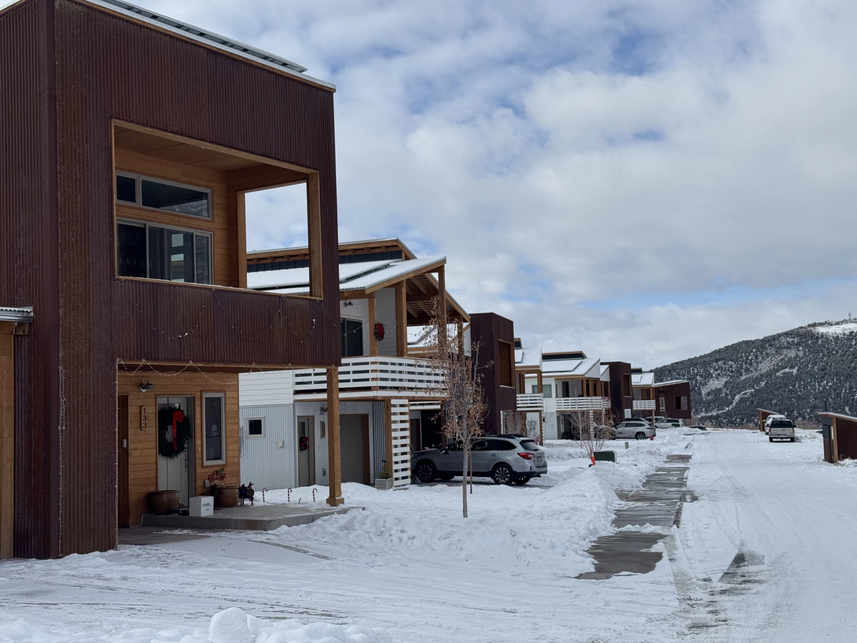 One of McCullough’s clients through CLEER is Habitat for Humanity Roaring Fork Valley in Colorado. Gail Schwartz, CEO of Habitat, says that when they started building the Basalt Vista neighborhood in 2019, they hadn’t set out to build net-zero ready homes. “Holy Cross Energy stepped up and said, ‘You don’t really need to bring a gas line up to this neighborhood. Why don’t you think of an all-electric neighborhood?’” she recounted. “And then taking it one step further, making sure we had energy-efficient envelopes,” she said. “We had solar onsite. So it’s generating more energy than it’s using.” That neighborhood now houses Pitkin County employees in 27 net-zero ready homes — all of which are deed-restricted to be affordable. And these homes aren’t just climate friendly — they save residents money. “When your household is paying $14 a month for all the utilities but water, you have true, affordable living as a result of this efficiency,” Schwartz said.
One of McCullough’s clients through CLEER is Habitat for Humanity Roaring Fork Valley in Colorado. Gail Schwartz, CEO of Habitat, says that when they started building the Basalt Vista neighborhood in 2019, they hadn’t set out to build net-zero ready homes. “Holy Cross Energy stepped up and said, ‘You don’t really need to bring a gas line up to this neighborhood. Why don’t you think of an all-electric neighborhood?’” she recounted. “And then taking it one step further, making sure we had energy-efficient envelopes,” she said. “We had solar onsite. So it’s generating more energy than it’s using.” That neighborhood now houses Pitkin County employees in 27 net-zero ready homes — all of which are deed-restricted to be affordable. And these homes aren’t just climate friendly — they save residents money. “When your household is paying $14 a month for all the utilities but water, you have true, affordable living as a result of this efficiency,” Schwartz said.
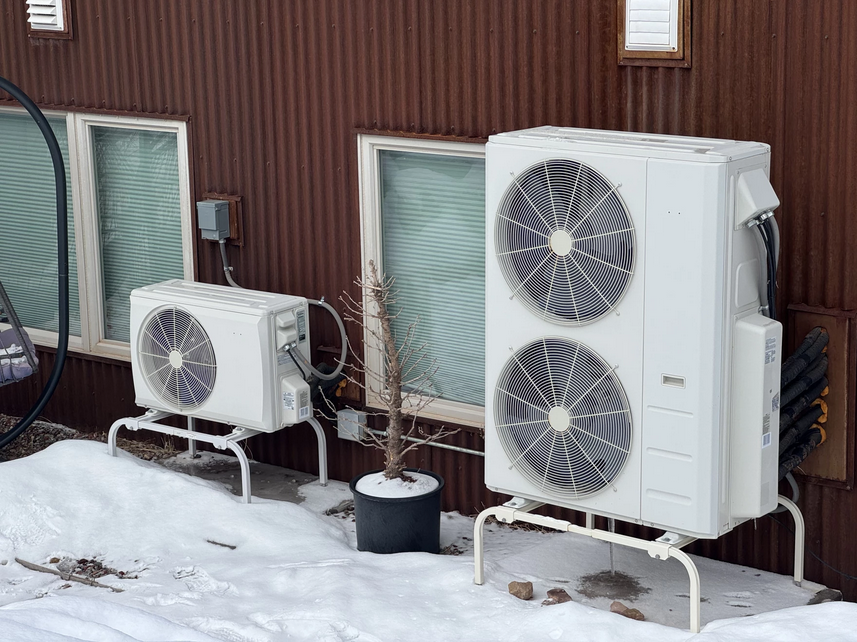 Building net-zero or net-zero ready homes at scale, the way Habitat does, requires a workforce that understands the technology, equipment, and efficiency requirements. The demand for a green building workforce is growing. Many would like to see education for skilled trades start as young as high school.
Building net-zero or net-zero ready homes at scale, the way Habitat does, requires a workforce that understands the technology, equipment, and efficiency requirements. The demand for a green building workforce is growing. Many would like to see education for skilled trades start as young as high school.
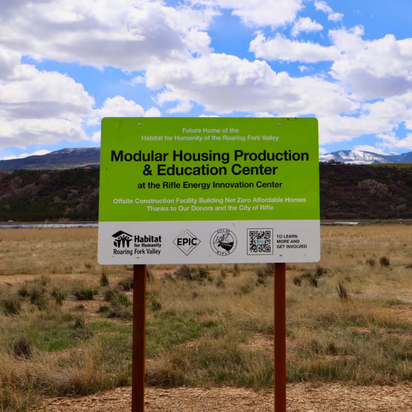 This January, Habitat for Humanity will break ground on a facility in Rifle to build modular housing. Schwartz says the modular houses can be built to those net-zero ready requirements, will be affordable and can be transported all across our region. The facility will also offer on-site workforce development and on-the-job training — mostly indoors. Schwartz says this is also an attempt to make trade jobs more resilient to a changing climate — whether it’s 13 or 113 degrees.
This January, Habitat for Humanity will break ground on a facility in Rifle to build modular housing. Schwartz says the modular houses can be built to those net-zero ready requirements, will be affordable and can be transported all across our region. The facility will also offer on-site workforce development and on-the-job training — mostly indoors. Schwartz says this is also an attempt to make trade jobs more resilient to a changing climate — whether it’s 13 or 113 degrees.
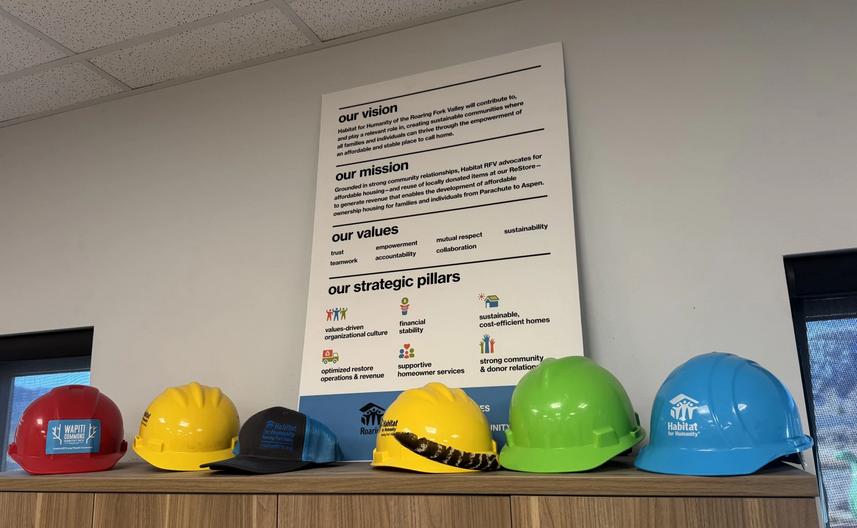 You can read the original article at www.aspenpublicradio.org
You can read the original article at www.aspenpublicradio.org

Expect to find more people moving inland away from the equator as global temperatures skyrocket. Sadly, none of our “green” technology will ever be as efficient or cheap as fossil fuels, the battery places a hard limit on how efficient renewables can get.